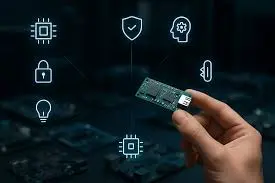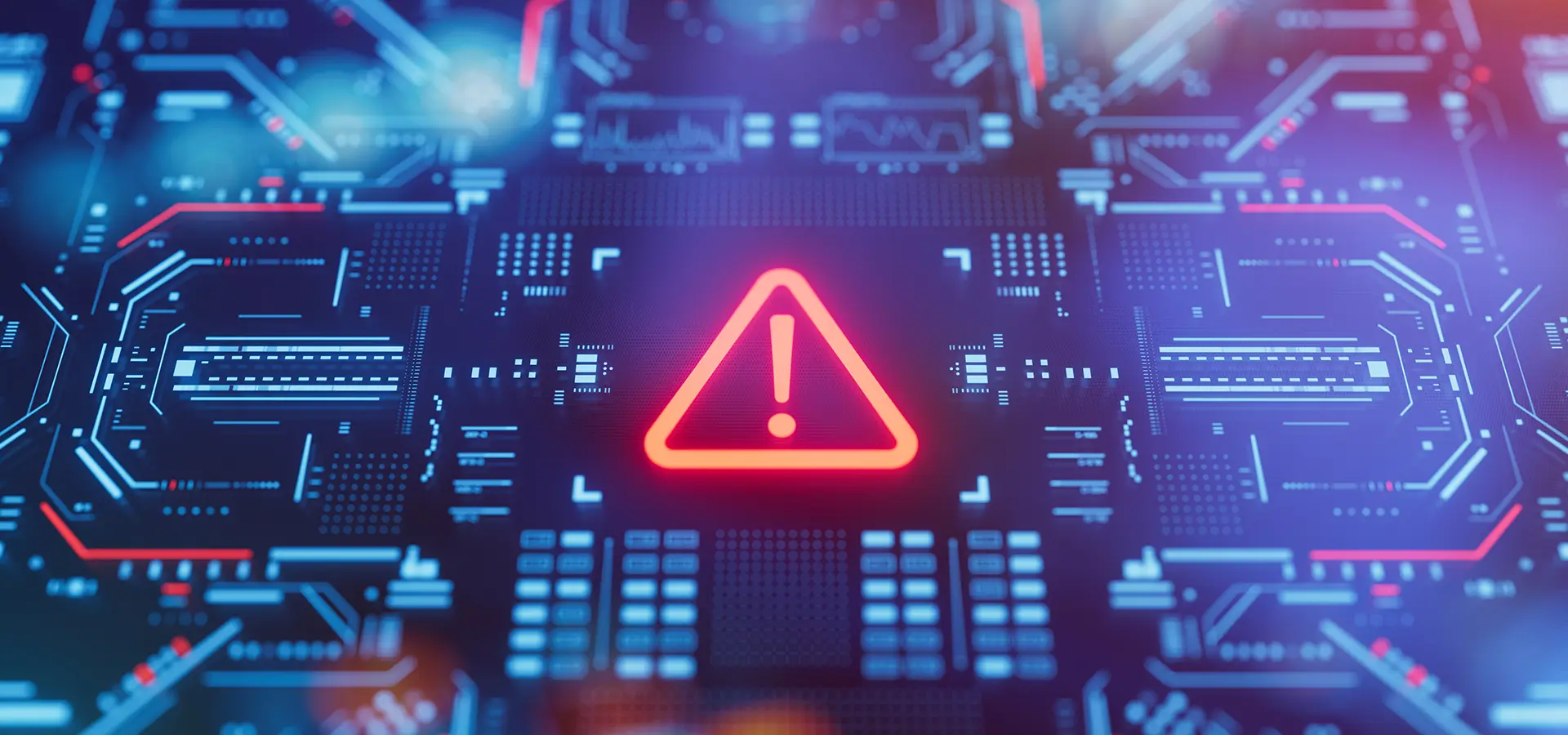
Progress in device, consumer, and hardware innovation transforms technology through the invention of AI-enabled devices, foldable and flexible screens, smart wearables, and autonomous robotics. Such advancements improve user experience, productivity and health monitoring, while also fostering economic growth and industry competitiveness. User experience will evolve through the increased intelligence of hardware, energy efficiency, adaptability, and seamless integration of hardware within everyday life.
Introduction
Device, Consumer & Hardware Innovation refers to new or improved physical technology products designed for consumers, businesses, and research applications. This includes:
Consumer electronics: smartphones, laptops, tablets, smartwatches, AR/VR headsets.
Home & IoT devices: smart appliances, wearables, connected sensors.
Robotics & industrial devices: autonomous robots, drones, and AI-enabled machines.
Computing hardware: processors, GPUs, AI chips, flexible displays.
Key Goal: Make devices smarter, faster, more efficient, more durable, and often AI-capable.
Current Trends & Innovations (2025)
a) Smartphones & Mobile Devices
AI-Powered Chips:
Oppo’s Find X9 series will use MediaTek Dimensity chips, which are optimized for AI tasks, high-speed performance, and energy efficiency.
These chips can handle AI-based photography, predictive text, gaming, and real-time translation**.
Foldable Devices:
Samsung Galaxy Z Fold 7 and Z Flip 7 use **durable foldable OLED displays**.
They allow multitasking with multiple apps on one screen and **enhanced user experience** for productivity and media consumption.
b) Wearables & Smart Devices
Smartwatches & Fitness Trackers:
Devices now monitor heart rate, oxygen levels, sleep patterns, and even stress indicators.
AI predicts health patterns and gives recommendations, such as workout routines or sleep improvement tips.
AR/VR Headsets:
Virtual reality headsets are becoming lighter, wireless, and more immersive.
AI assists in rendering realistic environments and user interactions.
c) Robotics & Metadevices
Metabots:
Robots that change shape or function for different tasks.
Example: A flat robot sheet that folds into a rolling or climbing robot.
Applications: industrial automation, medical assistance, research experiments.
Consumer Robots:
Home cleaning robots, companion robots, and delivery drones are integrating AI for autonomous navigation and decision-making.
d) AI & Edge Computing Hardware
Edge AI Chips:
Process AI tasks locally on devices, reducing latency and cloud dependency.
Applications: Real-time translation, facial recognition, autonomous vehicle navigation.
Specialized GPUs & Neural Engines:
Devices like laptops, phones, and tablets now include dedicated AI processors for fast computation.
Impact on Consumers & Industry
For Consumers
Smarter devices anticipate needs and preferences, improving daily life.
AI and sensors enhance productivity, health, and entertainment.
Flexible and innovative devices offer new ways to interact**, such as multitasking on foldable phones or immersive VR experiences.
For Industry
Competitive Edge: Companies innovate to stay ahead in performance, AI integration, and design.
New Business Models: Device-as-a-service, AI-powered wearables, and robotics subscriptions.
Operational Efficiency: AI-integrated devices help automate tasks and optimize workflows
Future Outlook
1. AI Everywhere: Almost all devices will include AI to anticipate user needs and make decisions autonomously.
2. Advanced Foldables & Flexible Tech: Screens will be durable, bendable, and lightweight, expanding creative and industrial applications.
3. Metadevices & Robotics: Shape-changing robots and intelligent assistants will integrate into homes and workplaces .
4. Edge AI & Local Processing: Devices will handle complex AI tasks locally, reducing cloud dependency and latency.
5. Sustainability & Energy Efficiency: Devices will use less power, recyclable materials**, and have longer lifespans.


